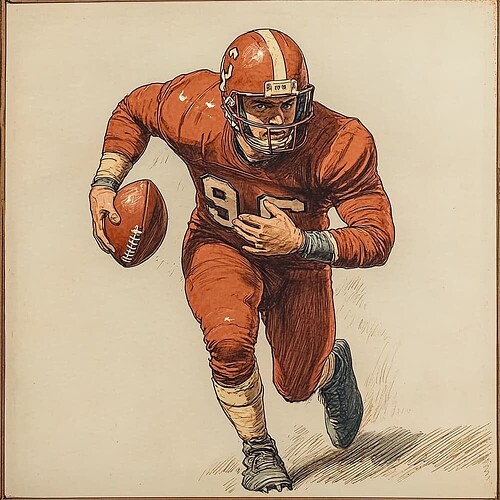Folks,
You’ll be playing everyday citizens based in an American town called Arkham, living large in the mid 1920s. Death or insanity is a possible outcome; perhaps even probable.
Basic 10 Page Rule Summary (actually the meat of the rules is about 4 pages) and character sheet:
Call of Cthulhu 7E Quick-Start Rules Compressed.pdf (1.4 MB)
coc7-quick.pdf (2.3 MB)
(not entirely sure why there are two quick-starts but either or both work)
Basic character sheet:
CoC7 PC Sheet - Auto-Fill - 1920s - Standard - Greyscale.pdf (1.1 MB)
For those not hard core enough to use paper and pencils you can construct a character online:
https://www.dholeshouse.org/
Arkham: A town in Essex County, Massachusetts
Arkham is a town located in Essex County, Massachusetts, near the Miskatonic River. It’s set in the northeastern United States, not far from cities like Boston and Salem.
Key Institutions:
- Miskatonic University: The most prominent feature of Arkham, this prestigious university is known for its extensive library, which holds rare and forbidden tomes such as the Necronomicon. The university often serves as a hub for research into the occult and cosmic horrors.
- Arkham Asylum: A psychiatric institution where many unfortunate souls end up, particularly those who have encountered the horrors lurking beneath the surface of Arkham.
- Miskatonic River: This river runs through the town and is the source of many eerie legends and strange happenings.
Arkham is characterized by its old, decaying architecture, cloaked in a sense of foreboding mystery, where academia, the occult, and hidden terrors converge.
Life in the Mid-1920s
The mid-1920s, known as the “Roaring Twenties,” was a time of dramatic social change, technological advancement, and underlying tensions.
Key aspects of the world during this era:
1. Social Shifts
World War I left a lasting impact, and society was changing. Women had gained the right to vote and embraced more independence, but social divides remained sharp, particularly along economic lines. The era also saw rising tensions between traditional values and the new, freer attitudes of the younger generation, symbolized by the rebellious flappers.
2. Urbanization and Technology
Cities were booming, and new technologies like cars, radios, and telephones transformed daily life. Automobiles brought new mobility, and radios connected people to music, news, and entertainment. Skyscrapers reshaped cities, and electricity spread modern conveniences into homes.
3. Prohibition and Crime
In the U.S., Prohibition banned alcohol, leading to a rise in organized crime. Speakeasies, bootleggers, and mobsters became iconic, fueling a world of rebellion beneath a surface of enforced morality. This contradiction shaped much of the era’s excitement and danger.
4. Cultural Renaissance
The Jazz Age brought new music, dance, and fashion, with jazz clubs and flapper culture leading the charge. Literature, art, and intellectual life flourished, with writers and artists challenging old ideas. Interest in the occult and mysteries, spurred by archaeological discoveries like King Tut’s tomb, fascinated the public.
5. Scientific Progress
The world was rapidly modernizing with advances in science and medicine. Einstein’s theories reshaped the understanding of the universe, and psychology, led by Freud, explored the mind’s darker depths. Aviation, automobiles, and telephones symbolized the technological revolution.
Beneath the optimism of the Roaring Twenties lay the lingering trauma of war and the fear of instability, creating the perfect atmosphere for cosmic horrors to emerge.
